
Seventy students signed up to attend an afterschool computer club that a teacher and I are facilitating. Given that only 2nd through 5th graders could join, it means 30% of our school’s eligible students elected for this program.
We had so many kids, we ended up moving the 2nd graders in with the K-1 students for the Get Active club in the gymnasium. A few may not have been happy with this move, but we literally did not have enough devices!
 So why would so many kids choose to spend an additional hour after school at school? In a word: Minecraft. It was mentioned in the brief description of the club. For those kids who have access to it at home, it can be all-consuming. Students join each others’ worlds to build (and sometimes destroy) things together, playing for hours on end.
So why would so many kids choose to spend an additional hour after school at school? In a word: Minecraft. It was mentioned in the brief description of the club. For those kids who have access to it at home, it can be all-consuming. Students join each others’ worlds to build (and sometimes destroy) things together, playing for hours on end.
I have tried it myself and see the draw. One minute I was asking myself, “What’s the point?” Three hours later, I was quietly cursing the zombies that dared to trample over the flower garden I just planted.
Is this all there is?
But is this type of activity all we want for our kids? A glorified arcade? I feel like public schools should hold ourselves to a higher goal. We should have more purpose behind the programming we provide. As the lead learner in my school, I also feel obligated to consider how to extend these technologies in ways that can enrich students’ lives academically, socially, and emotionally.
This leads into our essential question: Where do we begin?
The teacher I am teaming with on this club wanted to show the students some cool tools they could use on the iPads and iMacs. I was focused more on designing a series of activities that would lead to outcomes that would benefit our community. What we both eventually realized was we hadn’t asked our students what they wanted.
Yes, they want to play lots of Minecraft. But what is it about this game that engages them to such a degree that they would stick around after school two nights a week to play it? Why are they so passionate about it?
I reference the three motivators Daniel Pink describes in his book Drive: The Surprising Truth About What Motivates Us (Riverhead, 2011) to consider some possible answers.
1. Autonomy
When someone enters Minecraft, the world is their’s to create. They are in control of their destiny. What a stark contrast to our students’ lives in school. The standards are set, the assessments are pre-determined, and the plans have been prepared. All without the students’ input. If this is their learning to own, we don’t always do a very good job of including them in the process.
Within Minecraft, they make the rules. They can choose to start from scratch and battle the elements (see: zombies), or select the creative mode, which gives them access to all the tools available and few constraints to worry about.
2. Purpose
 Because the world of Minecraft is so open, there is room for lots of different reasons to play it. In my limited observations and experiences, some students like to play because they can create their own shelters and “live off the land.” Others want to connect with friends and interact in their personal (Minecraft) worlds. A few simply want to build stuff and then subsequently destroy it.
Because the world of Minecraft is so open, there is room for lots of different reasons to play it. In my limited observations and experiences, some students like to play because they can create their own shelters and “live off the land.” Others want to connect with friends and interact in their personal (Minecraft) worlds. A few simply want to build stuff and then subsequently destroy it.
Whatever the reasons, all of the learners I have seen use Minecraft will stick with it for an extended amount of time. When I have asked them what they are doing, every student has been able to clearly articulate their goals for playing. That is an engagement rate that any teacher of formal academics would love to see consistently.
3. Mastery
Students immersed in games like Minecraft will persist with the challenges provided because they have a purpose, but also because they believe that their goal is attainable. This ability to envision what one wants to accomplish, along with the awareness of what it will take achieve this outcome, requires some high level thinking skills.
Metacognition, reflection, and self-assessment are constantly in play when learners believe that they can achieve their goals at a high level of competency. There is lots of deep thinking and essential skill development going on here. Because they are embedded within a video game, maybe that is why these tools for learning haven’t achieved a broader acceptance within education.
Start with the student
Considering all this, my teacher partner and I backed off a bit on our preconceived ideas about what our students would learn during Computer Club. Instead of providing a detailed day-to-day schedule of activities they may not want to do, we conducted a multiple intelligence survey to help them start to appreciate and focus on their strengths.
My co-teacher got all of the 3rd, 4th, and 5th graders set up with a Google Drive account to create, store, and share information. Students had the opportunity to discuss their interests and passions with peers, without the expectations of a written summary about their experience afterwards.
When we dismissed the students, they appeared more excited about this club than when they came in. You could almost hear the collective sigh of relief from the kids when they realized that we weren’t here to dictate what they would learn about, but to guide them toward possibilities.
Passion-based learning should start with our passion, whether student or adult. It’s what we care deeply about, what we value, and how it augments the skills and strategies we use in our pursuit of new learning.
Watch this space for more reports from Matt on the club’s progress. And please share your thoughts!


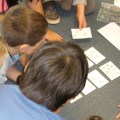


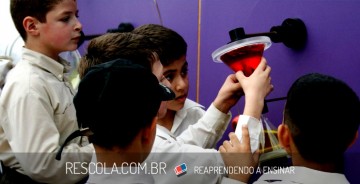

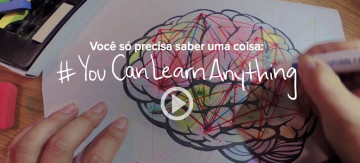

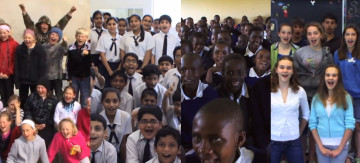
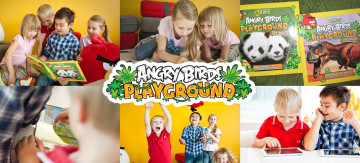



Leave a Reply